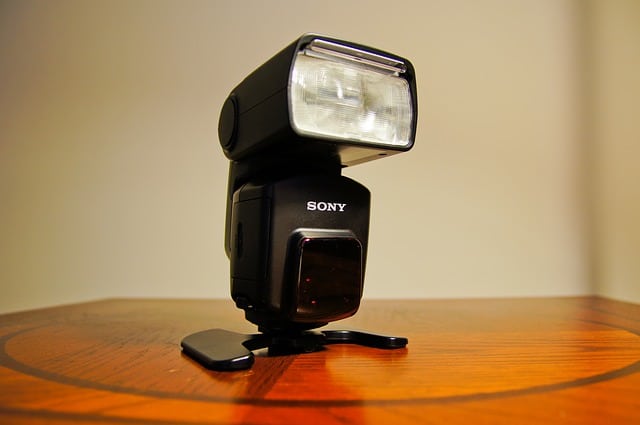
Getting it right in photography means applying ideas that are inclined towards improving the final product of your work. Many people lack the skills to pursue the art, and that is why they tend to assume this is one of the most difficult things to do.
But D. Scott Carruthers, an expert in photography and a mentor, cites that all you need to excel is to understand when to use what feature and how. One of the things he says are misused by upcoming photographers is the flash, which could be used well to produce high-quality images. Here are the times when you should use the flash feature to assist you in your photography.
Indoors
It is obvious you would want to add some light to the picture when you are filming from a dark place. The most recommended idea here is using an external flash that will bounce light off the wall or ceiling, so it appears more natural. When you fire the flash at a similar angle as the lens, you are likely to get a dull and flattened image, so be calculative when you use your flash indoors.
Freeze motion
One of the most important facts about the flash is it helps you to freeze motion in a photo. The short burst of light released is what works to help in the process of freezing the motion. This works when you are shooting in low light, and one thing you must remember is to play around with the shutter speed to ensure the photo does not appear too dark.
Light trails
Due to the fact you can freeze motion using flash, it assists you to capture light trails. This comes in handy when you are working in a situation that is defined by low light with nasty on-camera flash because it helps you to come up with something cool and creative. The flash of your camera works with assistance from other settings to produce the effect you desire, so also make sure the settings applied are in line with the demands of the weather on that day as well as the colors present in the venue.
Getting good quality is a function of several parameters among them accuracy and ensuring you choose the right settings to go with, so through experimentation, you should understand what works well and what should not be on your list of priorities.
When the subject is poorly lit
Many photographers don’t bother with flash outdoors, and I would be lying to say I have not done so. Natural light is awesome, but there are times when the subject is poorly lit that you cannot entirely rely on natural light to get the quality you look forward to. Using alternative light, in this case, is a solution and considering your camera comes with the flash you might find it impressive to employ the features contained therein to light up the subject while doing your work.
To overpower the sun
On a sunny day, you might find it challenging to photograph due to the strong rays of light from the sun. So, to drown the effect of these lights frustrating the image, you could use the flash to overpower the sun and get a dramatic effect.
Avoid environmental color casts
Suppose you are shooting and surrounded by lush greenery, do you know of a way to prevent the reflection of the green on the skin of the subject? Well, one of the solutions you have in such a case is using the flash. A fill flash will work decently to eliminate the problem and help you create emphasis on the subject.